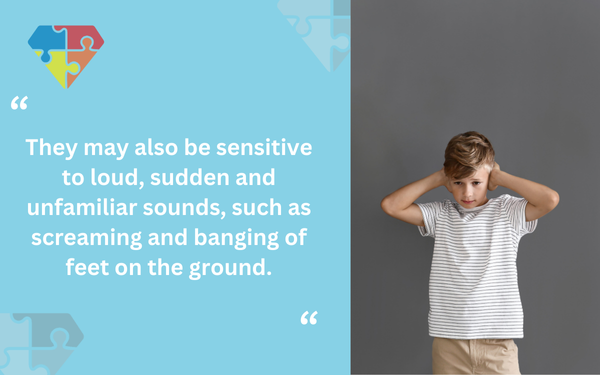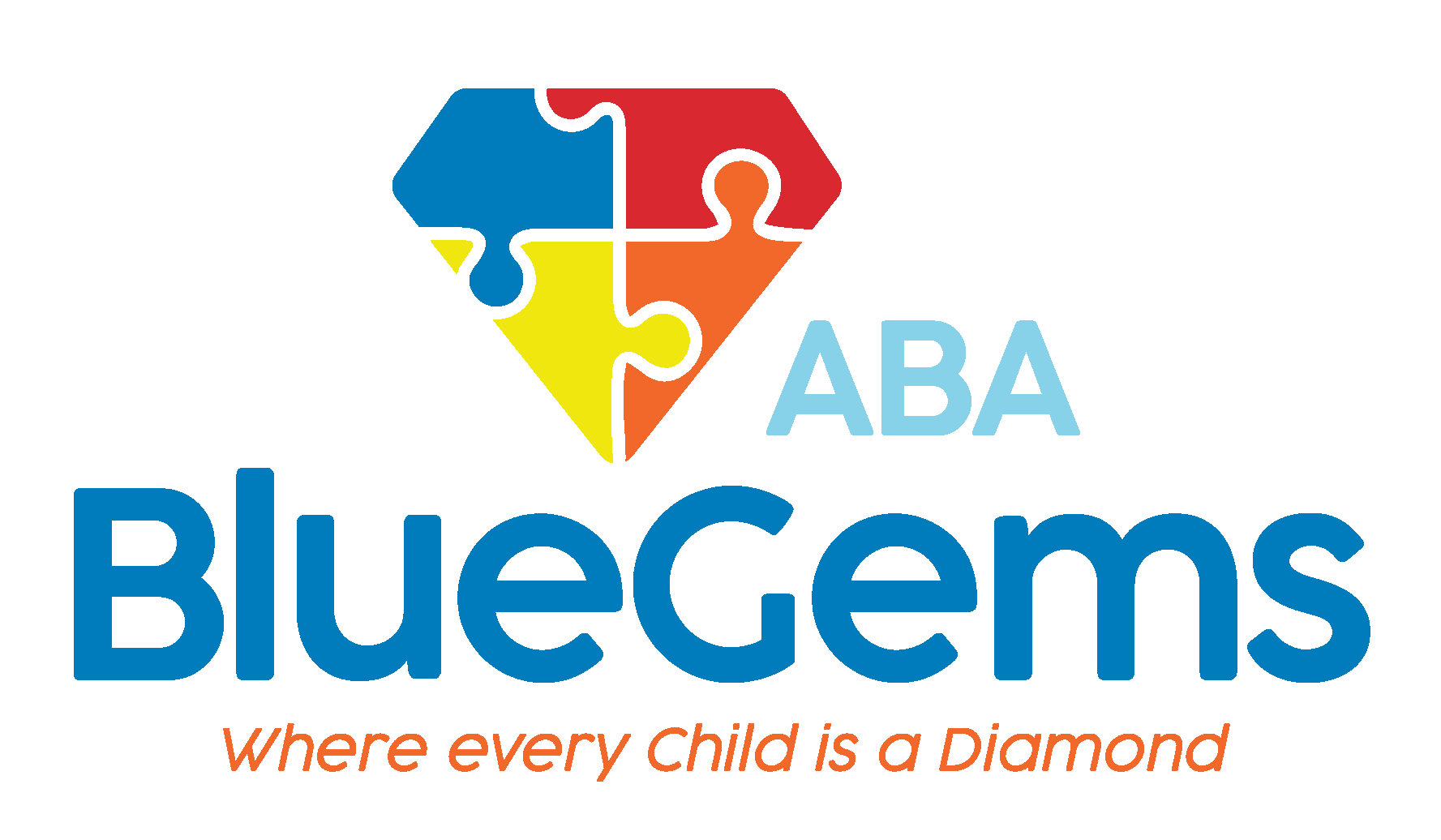Do Autistic Toddlers Like Being Chased?
Play is an important aspect of being a toddler. It helps young children understand the world around them, build relationships and interact with other children, and get physical exercise and exert energy. Playing tag and chasing is one common activity that many toddlers enjoy.
Children who have autism spectrum disorder (ASD), though, may have struggles with social interaction and communication that affects their ability to play the same ways that their neurotypical peers do.
While they may enjoy playing games such as chase, they may also not like them and try to avoid them altogether. Children on the autism spectrum process information and experience the world around them a lot differently than their peers, which could contribute to what they like to do and the activities they engage in.
Below, we’ll discuss some of the reasons why autistic toddlers may or may not like being chased.
Table Of Contents
Why Might An Autistic Toddler Not Like Being Chased?
Many children with ASD experience sensory sensitivities. This could mean they either have aversions to certain sensory stimuli — such as loud sounds, certain textures or touches, and strong odors — or they could seek out these stimuli.
Children who face aversions to some sensory stimuli might not like being chased. The act of chasing or being chased is a sensory-filled activity, and presents multiple stimuli that children don’t experience regularly in their day-to-day life.
They may not like unexpected or sudden touches, which often accompany games of chase. They may also be sensitive to loud, sudden and unfamiliar sounds, such as screaming and banging of feet on the ground.

Being chased, then, might actually cause an autistic toddler to feel anxious, stressed and/or overwhelmed.
Why Might an Autistic Toddler Like Being Chased?
On the flip side, some toddlers with autism love being chased. If, for example, they seek out sensory input, then being chased could be an excellent source of that.
The feeling of quickly stomping their feet, the quick shifting movements and all the sounds that accompany the chase could all be things that the child is attracted to. If these elements match up with their sensory preferences, then a game of chase is likely something they will enjoy.
It’s important to pay attention to your child while they’re engaging in any activity so you can identify whether they might like it or not. Children with autism may not be able to express with their words exactly how they feel like their neurotypical peers can, so they may give off other signs through their behaviors.
Is Chase Good for Autistic Toddlers?
Chase may seem like a simple game, but it’s very valuable to all toddlers. It can teach children how to take turns and interact with other children, while also building motor skills, balance and hand-eye coordination.
Chasing games can build physical skills such as spatial awareness and coordination, in addition to emotional skills such as communicating and interacting with others. Chase also helps children learn how to better manage their emotions, since there are highs and lows related to being “caught” or to “catching” someone else.
This is a major reason why chasing games are encouraged for autistic toddlers. At the same time, it’s never a good idea to push something on a child with autism if they have a strong aversion to it.
That being said, some of the ways in which you can encourage them to engage in chasing games is to incorporate things that you know they love. For instance, if they take a liking to cars, you can integrate toy cars into the chasing game, with everyone holding a toy car while they are running and chasing each other so they can pretend they’re driving a car.
Having items that you know the child likes as part of the game can make it feel more familiar and less intimidating.
It’s also important to remember that even if your child is enjoying being chased, things can change rather quickly. So, consistently pay attention to the signs they are becoming overwhelmed or tired, and ensure there are proper breaks to allow them to reset if need be.
Blue Gems ABA Uses Play as Part of Supporting Children with ASD
Play is a vital aspect to learning and growth among toddlers. Chasing games are typically a big part of these games, though some children with autism may not like being chased while others do.
At Blue Gems ABA, we integrate play into all of our treatment sessions with children with ASD. We administer applied behavior analysis (or ABA therapy) on a one-to-one basis with our patients, helping them build skills and modify certain harmful behaviors.
We follow many different strategies that are built on ABA therapy principles, using play-based learning as a way to engage with children on the autism spectrum so we can better help them grow.
To learn more, please contact us today.




